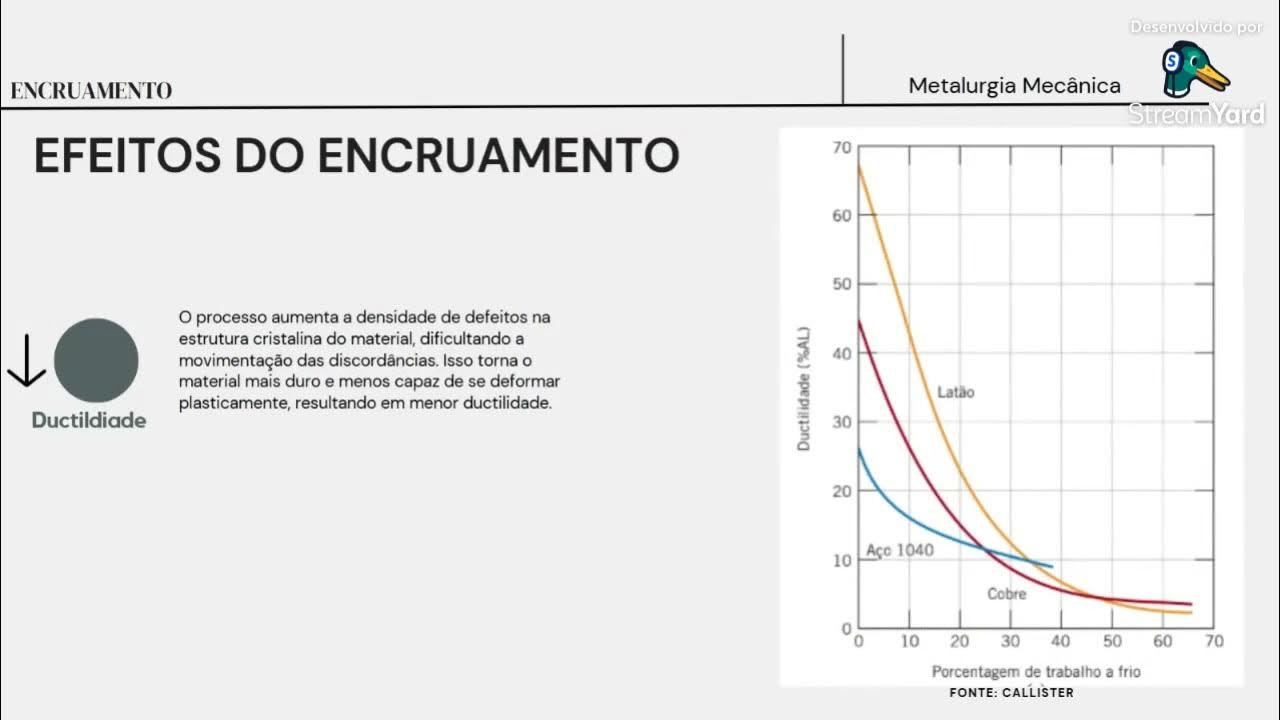Cavity Resonator | How does it work | Applications
Summary
TLDRIn this video, the concept of cavity resonators is explored, explaining how they function in high-frequency applications where traditional wire-based methods fail. Cavity resonators, which are metallic enclosures, generate electromagnetic oscillations by reflecting waves between parallel planes to create standing waves. These devices are used in oscillators, filters, and frequency standards, particularly in applications such as magnetrons and measuring circuits. The video covers the structure, working principle, and various types of cavity resonators, with a focus on the cylindrical design, which is the most commonly used in engineering.
Takeaways
- 😀 Cavity resonators are essential for high-frequency oscillations and amplification, particularly above 3 MHz.
- 😀 Traditional methods using wires and transistors are not effective at higher frequencies due to skin effect, capacitance, and inductance.
- 😀 A cavity resonator is a space enclosed by metallic conductors that generates electromagnetic oscillations.
- 😀 The cavity resonator has input and output ports for radio frequency signals and a probe at the center to inject microwave energy.
- 😀 Cavity resonators come in different shapes, including cylindrical, rectangular, toroidal, and spherical forms.
- 😀 Electromagnetic waves in a cavity resonator undergo multiple reflections, creating interference that leads to standing waves.
- 😀 Standing waves in cavity resonators build up electromagnetic energy, similar to resonance in oscillatory circuits.
- 😀 Cavity resonators are widely used in engineering, particularly in generators like magnetrons and crystal oscillators.
- 😀 They function as filters, frequency standards, and measuring circuits in various devices.
- 😀 Cavity resonators can be tuned to specific frequencies by adjusting the cavity volume, moving the walls, or using tuning elements like metal plunges or plates.
Q & A
What is a cavity resonator?
-A cavity resonator is a space totally enclosed by a metallic conductor, where electromagnetic oscillations are generated. It has input and output ports for RF signals, with a small probe to inject microwave energy.
Why are cavity resonators needed for high-frequency applications?
-At high frequencies above 3 MHz, traditional oscillators and amplifiers using wires and transistors become ineffective due to the skin effect and parasitic capacitance and inductance. Cavity resonators are used in these scenarios as they can efficiently handle high-frequency electromagnetic energy.
How does a cavity resonator generate electromagnetic oscillations?
-A cavity resonator generates oscillations by creating standing waves between two parallel reflecting planes. When a wave is excited, it is reflected between the planes, and constructive interference occurs if the distance between them is an integer multiple of half the wavelength.
What are the key components of a cavity resonator?
-The key components of a cavity resonator include the metallic enclosure, the input and output ports for radio frequency signals, and a central probe used to inject microwave energy into the cavity.
What is the principle behind the working of cavity resonators?
-The principle behind cavity resonators is based on the creation of standing waves due to multiple reflections between two parallel reflecting planes. This results in constructive interference, amplifying the electromagnetic energy within the cavity.
What types of cavity resonators are commonly used?
-Cavity resonators come in different shapes, including cylindrical, rectangular, toroidal, and spherical. Among these, cylindrical cavity resonators are the most widely used.
What are the applications of cavity resonators?
-Cavity resonators are used in various applications such as oscillatory systems (e.g., crystal oscillators, magnetrons), filters, frequency standards, measuring circuits, and in investigating materials like solids, liquids, and gases.
How can the frequency of a cavity resonator be tuned?
-The frequency of a cavity resonator can be tuned by changing the volume of the cavity, moving the walls, or inserting tuning elements such as metal plates or plunges.
What is the significance of standing waves in cavity resonators?
-Standing waves in cavity resonators are significant because they allow for the accumulation of electromagnetic energy. When the wave is reflected between the reflecting planes and interferes constructively, the amplitude of the wave increases, storing energy within the cavity.
What happens when a plane wave is excited between two parallel reflecting planes in a cavity resonator?
-When a plane wave is excited between two parallel reflecting planes, the wave is reflected multiple times. If the distance between the planes is an integer multiple of half the wavelength, constructive interference occurs, leading to the formation of a standing wave and the storage of electromagnetic energy within the cavity.
Outlines

Dieser Bereich ist nur für Premium-Benutzer verfügbar. Bitte führen Sie ein Upgrade durch, um auf diesen Abschnitt zuzugreifen.
Upgrade durchführenMindmap

Dieser Bereich ist nur für Premium-Benutzer verfügbar. Bitte führen Sie ein Upgrade durch, um auf diesen Abschnitt zuzugreifen.
Upgrade durchführenKeywords

Dieser Bereich ist nur für Premium-Benutzer verfügbar. Bitte führen Sie ein Upgrade durch, um auf diesen Abschnitt zuzugreifen.
Upgrade durchführenHighlights

Dieser Bereich ist nur für Premium-Benutzer verfügbar. Bitte führen Sie ein Upgrade durch, um auf diesen Abschnitt zuzugreifen.
Upgrade durchführenTranscripts

Dieser Bereich ist nur für Premium-Benutzer verfügbar. Bitte führen Sie ein Upgrade durch, um auf diesen Abschnitt zuzugreifen.
Upgrade durchführen5.0 / 5 (0 votes)






